After spending the day at Milles Roches Beach in Long Sault, we just weren’t quite ready to head home. So we drove over the islands of the Long Sault Parkway, picked up some sandwiches in Ingleside, and then had a picnic right on the grounds of The Lost Villages Museum in Ault Park on Fran Laflamme Drive. It’s right off Highway 2, about 30 seconds east of Avonmore Road, and I missed the turn-off twice. So go slowly.
Open daily in June-September 30th, from 10:00 AM to 5:00 PM, the museum is like a mini, mini, mini Upper Canada Village. You can take a self-guided tour of the ten heritage buildings re-erected as a small village. Stop by the General Store to get a copy of the self-guided walking tour pamphlet and then wander the buildings at your own pace. Admission to the museum site is free, but donations are appreciated.
What ARE the Lost Villages, and why do they need a museum? Here’s a quick run down, but I suggest reading further at The Lost Villages Historical Society website. The history of the villages, and how their disappearance came about is surprising, and sad.
In 1958, villages and communities (Aultsville, Dickinson’s Landing, Farran’s Point, Iroquois, Maple Grove, Mille Roches, Morrisburg, Moulinette, Santa Cruz, Sheek/Sheik Island, Wales and Woodlands) were submerged as a result of the creation of the Saint Lawrence Seaway and the Moses-Saunders Power Dam construction.
Approximately 6,500 people – many the descendants of United Empire Loyalists – were forced out, 530 buildings were moved (including to the new towns of Long Sault and Ingleside), and homes, schools, and businesses were demolished. Some hills in the flooded area remained above water, and now form the string of islands of the Long Sault Parkway.
The flooding started on July 1st 1958, and within four days, all the former towns were fully underwater. In a series of haunting aerial images from photographer Louis Helbig, you can make out the foundations of buildings, roads, and locks, which are now all underwater.
After our picnic, we picked up a pamphlet in the General Store, where you can also purchase cold drinks, and then wandered around and into the small buildings. In the log house we watched a movie about the villages and flooding, and met a man who’d been forced out of his home at 15 years old.
The boys loved the old schoolhouse, and I was super impressed with the quaint Sandtown Church. We spent about 30 minutes walking around and reading signs, and looking through the buildings and rooms.
While I wouldn’t make a trip out here JUST to see the museum, as it is VERY small, if you’re traveling along Highway 2, or visiting some of the beaches or attractions in the region, it makes a nice little side trip.
You can also take a bus tour of the area, plan an intimate wedding in the church (for up to 60 people), do some Arts ‘N Crafts in the Park, or visit for “ghost hunting”! You can find more information about different events on the official website.

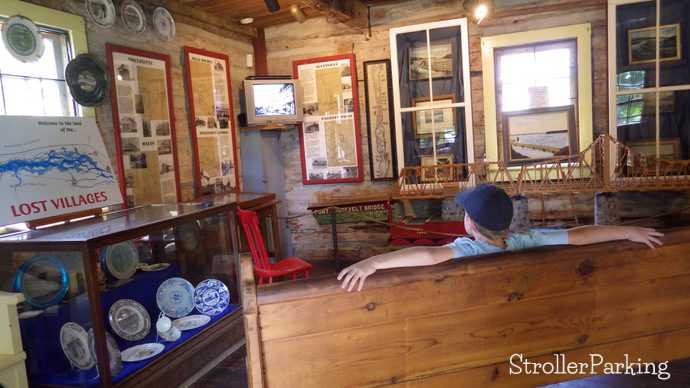
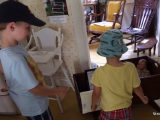
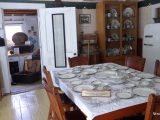
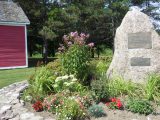
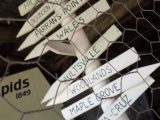
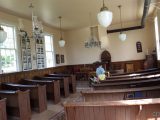

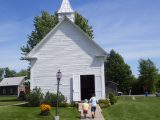
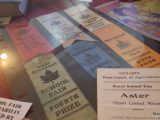
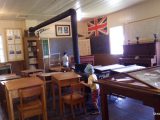
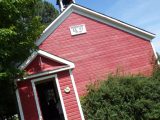
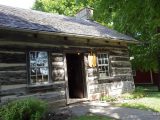
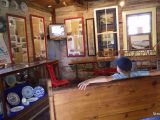
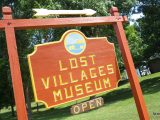
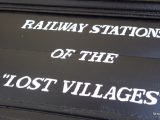
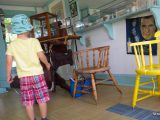
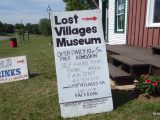
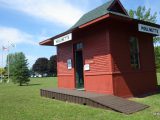
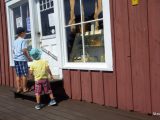
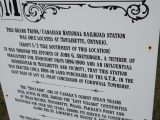

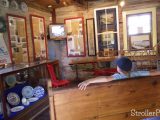
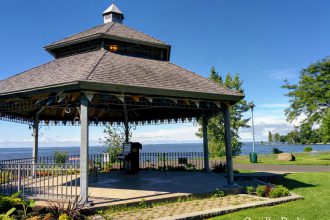
Wow! So glad to have you drop by. As a member of the Lost Villages and knowing all the hard work and volunteerism that goes into the Lost Villages Museum, it’s a pleasure to read such positive feed back. Please spread the word. We welcome everyone to the Township of South Stormont. The Lost Villages Museum tells a story of the flooding of the St. Lawrence back in 1958. Many people said good-bye to their homes, farms, properties, churches and businesses. Today, we have much to celebrate. The Long Sault Parkway is scenic and peaceful. We have bike paths, parks and many merchants to visit. Come anytime, we look forward to seeing you. 🙂
I’m so excited to see that you have already visited here. I plan on stopping by here this summer as our in-laws have just moved to Cornwall.
I have one in Cornwall too! Right near the water with a splash pad. And quite a few around Lancaster and along Highway 2 (beaches etc)